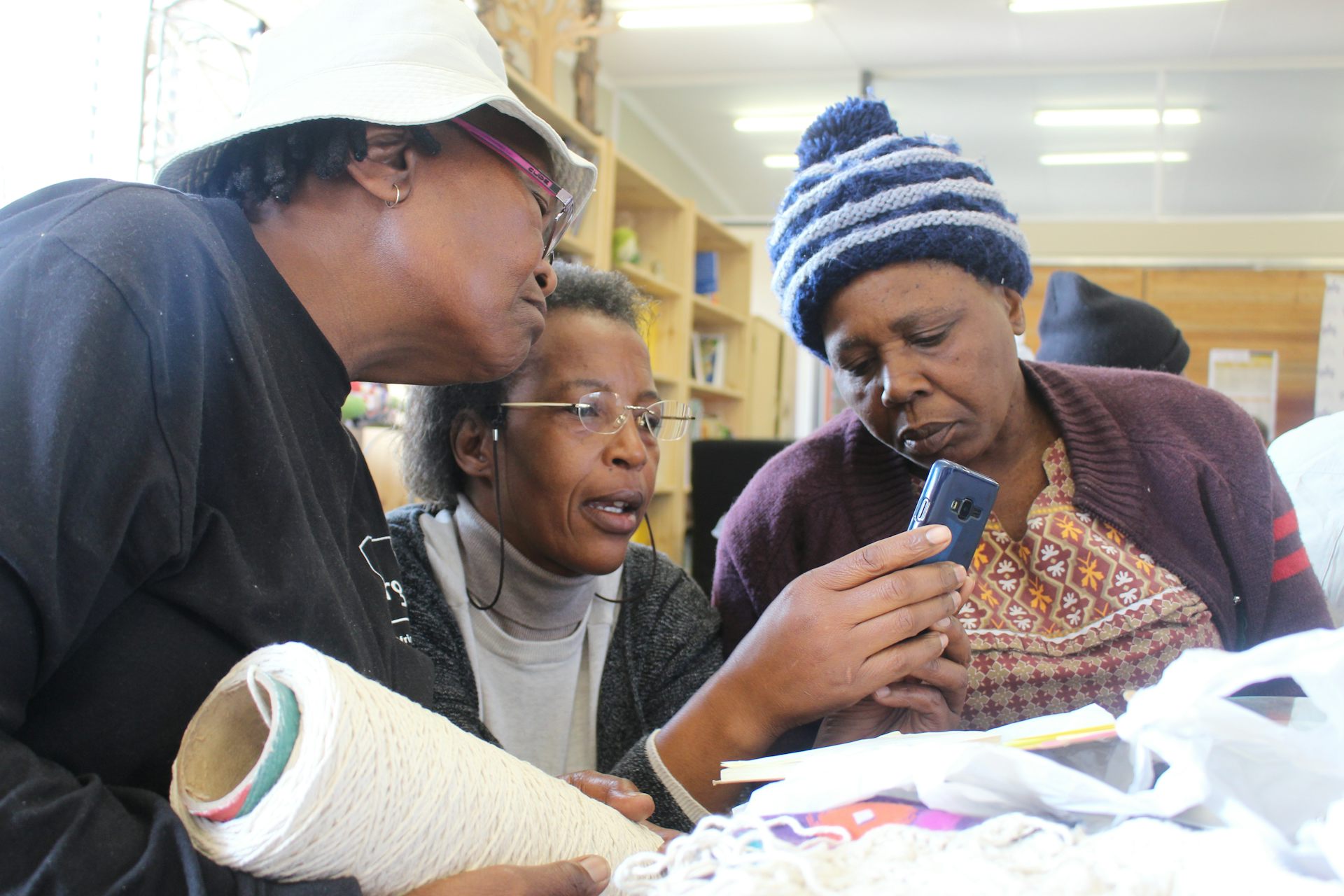
Entrepreneurs have a pivotal role to play in Africa’s unemployment crisis. Today over a third of the continent’s young workforce (those aged 15-35) are unemployed. Another third are in vulnerable employment. By 2035, Africa will contribute more people to the workforce each year than the rest of the world combined. By 2050 it will be home to 1.25 billion people working aged.
To absorb these new entrants, Africa needs to create over 18 million new jobs each year. Governments need to put in place policies that drive economic growth and competitiveness. These in turn, will enable the growth of small and medium-sized enterprises (SMEs). This is important because they currently play a significant role in low-income countries, representing nearly 80% of jobs. They are also responsible for 90% of new ones created each year.
The challenge for countries is how to support the growth of SMEs. Various African governments have experimented with ways to help address the US$140 billion funding gap for startups and SMEs. For example, one approach has been to set up entrepreneurship funds.
Based on my experience of watching their performance over the past 18 years, I would issue some words of caution. Some entrepreneurship support models work better than others. And how they are set up – particularly the governance structures put in place to manage them – is key to their success, or failure.
Funding gap
Access to financing is consistently listed as the biggest obstacle to business for SME’s in African countries. They often face double digit interest rates from local banks. And venture capital penetration is still extremely low. Top end 2018 estimates put it at about $725 million for the whole continent.
To tackle the problem, African countries continue to start new entrepreneurship funds. In July 2017 Ghana launched the National Entrepreneurship and Innovation Plan. The aim is to provide integrated national support for start-ups and small businesses.
Almost a year later, Rwanda secured a $30 million loan from the African Development Bank for the establishment of the Rwandan Innovation Fund. This will focus on investments in tech-enabled SMEs.
As new funds are started, African countries must look to the successes and failures of both global and regional funds to replicate best practices and avoid common pitfalls. African governments should explore replicating models similar to Small Enterprise Assistance Funds and the USAID backed enterprise funds. Both include robust investment selection criteria for funds.
In doing so, African government-backed entrepreneurship funds would operate as fund-of-funds – where a fund invests in another private equity or venture fund rather than directly in businesses themselves – as do many development finance institutions globally such as the UK’s CDC or FMO of the Netherlands.
The what and the how
The fund of funds structure creates an arm’s length relationship between the government agency that houses the entrepreneurship fund and the businesses that eventually receive investment. In between, sits a professional fund manager that earns the majority of its income from making good investments, growing companies and exiting them after a period of five to seven years. In this way, there are natural disincentives for corruption and market-based selection criteria for the entrepreneurs who receive investment.
How the fund managers are selected also matters. To ensure true investment independence from the government, fund managers and board members must be chosen in a transparent and competitive process. And once selected, representatives of the government entrepreneurship fund agency can sit on the investment committee for oversight purposes but should respect the fund managers’ independent decision-making.
There are examples of funds being set up without the necessary independent, accountable fund managers. One is the YouWin program in Nigeria. Created in 2016, it was set up to help youth entrepreneurs grow businesses. But senior civil servants handed out awards to friends and relatives.
Government supported fund managers through the FoF model can also catalyse additional investment. By operating in markets and sectors often ignored by traditional private equity funds, Small Enterprise Assistance Funds and enterprise funds have mobilized additional capital for investment-starved companies. African government-backed entrepreneurship funds could do the same by participating in blended finance deals with development finance institutions, social-impact investment funds, local banks and other market players to back growing firms.
Measuring success
While not actively managing the funds’ portfolio investments, governments have a key role to play in guiding the funds priorities. Priorities may vary by country and given Africa’s growing rates of unemployment, funds should prioritise job creation by evaluating investment on key performance indicators. These would include the number of jobs created per dollar invested, indirect jobs created per dollar invested, and average salary of job. In addition to job creation, governments can direct funds to focus on specific sectors either in need of increased capital or high-growth areas in local economies.
Beyond establishing investment criteria, government-backed funds should prioritise rigorous measurement of investment results and long-term data tracking to inform future investment decisions. The UK British Bank regional growth fund found the cost per job created varied considerably by project from £4,000 to over £200,000. It concluded that a better allocation of funds could have led to thousands more jobs created for the same resources.
Data driven investments can not only lead to a better results, but further curtail issues around potential mismanagement of funds.
Tackling Africa’s job creation challenge requires innovative thinking and initiatives that support private sector-led growth. Looking to the model of Small Enterprise Assistance Funds and enterprise funds, African governments can spur local ecosystems and drive new private capital to regions today seen as unfriendly or too risky to outside investors.
Properly structured investments today could yield much larger dividends tomorrow.![]()
Aubrey Hruby, Senior Fellow, Africa Center, Georgetown University
This article is republished from The Conversation under a Creative Commons license.

